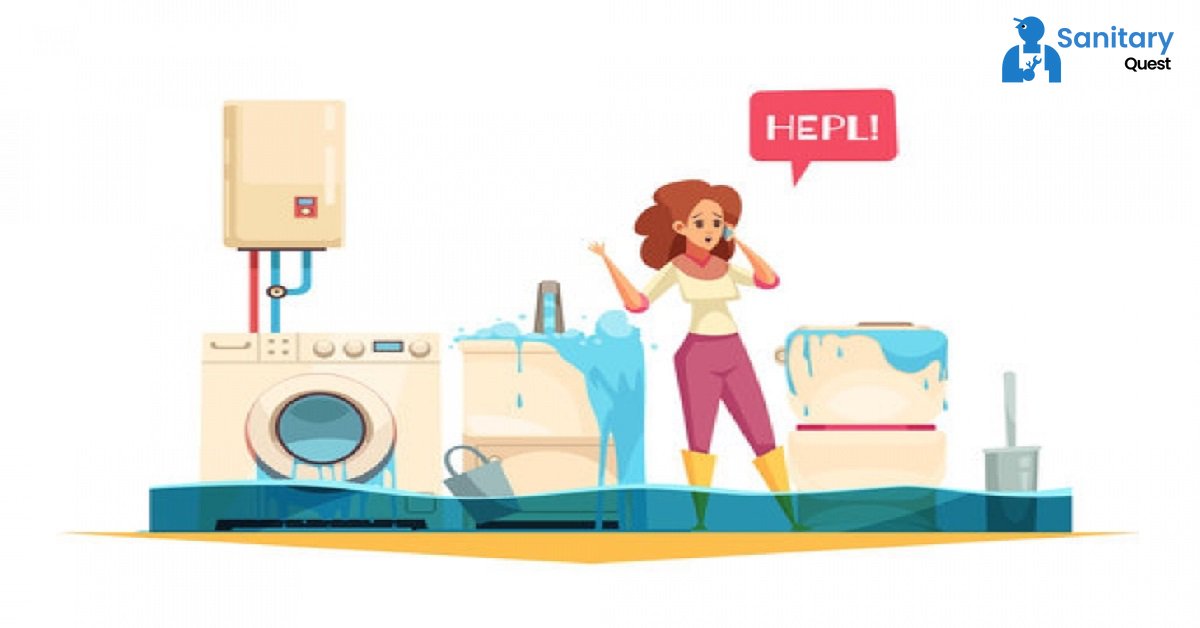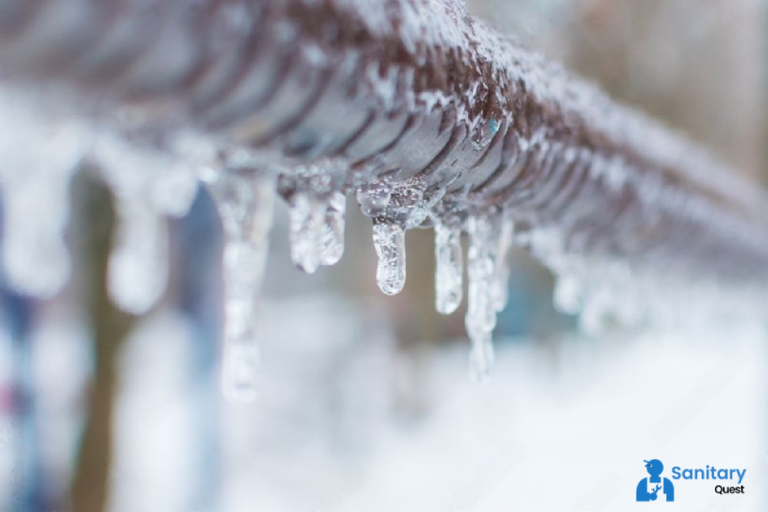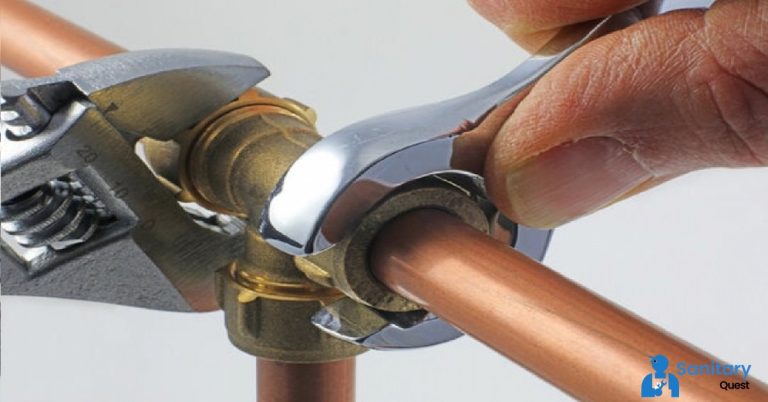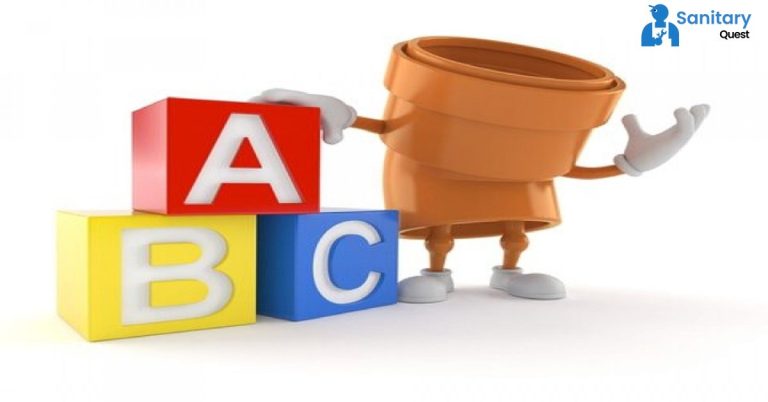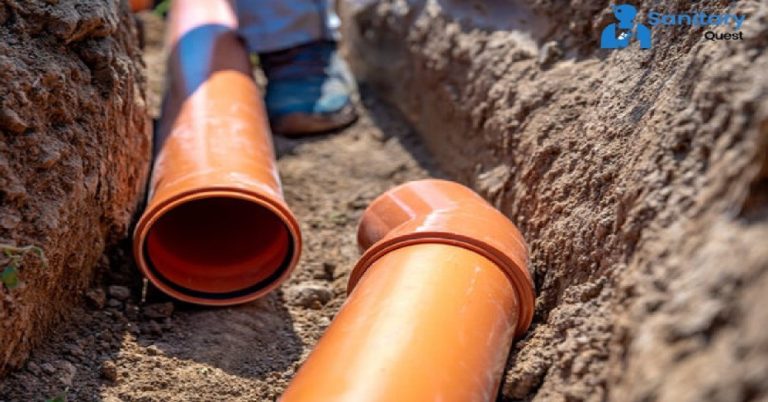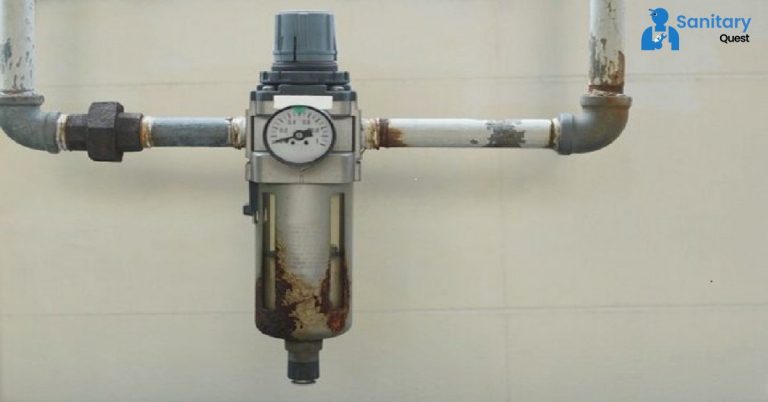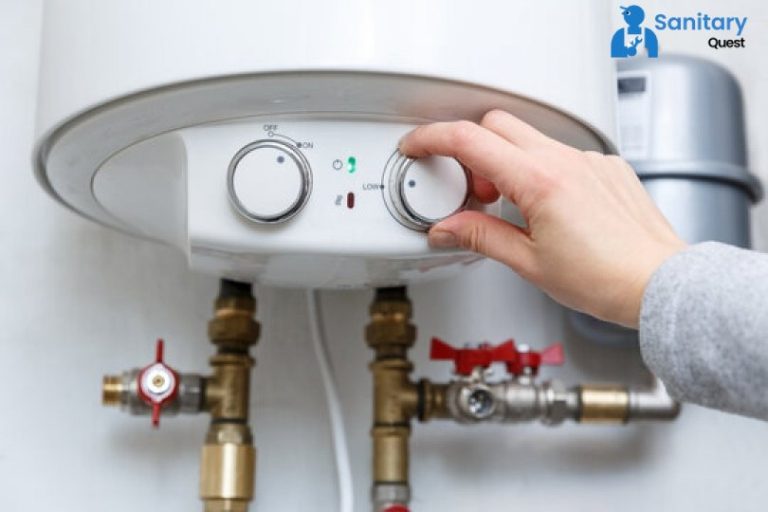Troubleshooting Dishwasher Leaks and Water Flow Problems
After moving on to other things, it is impossible to go back to the old routine of washing dishes by hand. As a result, there is no time to waste in getting to the bottom of the matter whenever there are issues with the dishwasher Leaks. You always have the option of calling a plumber, and you should do so in certain circumstances. Nevertheless, there are a few simple and typical issues with dishwashing that you can recognize on your own, even if you cannot fix them yourself.
Finding and Fixing Dishwasher Leaks
Although dishwasher Leaks are not designed for even a single drop of water, dishwasher leaks may occur if specific dishwasher elements fail to function properly or become broken. If you have an older dishwasher, some of the elements are wearing out and failing due to age, which could potentially create leaks. This is especially true for the seals holding the dishwasher water.
If you notice water accumulating around your dishwasher leaks or indicators that it is spraying water, the water may be coming from one or more of the following three areas:
- Around the door. The door is equipped with a rubber gasket, similar to the one found on your refrigerator door, and operates in a comparable manner. It’s possible that the gasket is to blame for the leak you’re experiencing; maybe it’s torn or become brittle and cracked with age. Either way, it could be the culprit.
- At the water source: Either a hose or a pipe will carry the water from the plumbing in your home to the water intake of your dishwasher Leaks. Plumbing refers to the system of pipes and hoses that carry water. Water is likely leaking from this location because this connection is not secure or because a gasket has become damaged. Both of these scenarios could be causing the problem.
- Underneath the dishwasher leaks: Water can leak from beneath it through the inlet, the drain, or the seal that encircles the pump. Lose or broken hose clamps, worn gaskets, or malfunctioning pumps can all contribute to leaks at these locations.
For a comprehensive view, it’s advisable to tidy up the space beneath your kitchen sink and detach the front kick plate from your dishwasher Leaks. Conduct a comprehensive search of the area using a flashlight to identify the source of the water. If your dishwasher is not attached to your kitchen counters or cabinets, you can lift it away from the wall to better look at what’s happening within the appliance. This is especially helpful if you need to clean the dishwasher. If you choose to do this, you must use extreme caution to avoid snagging or tearing any of the hoses.
If you are extremely fortunate, you can determine that the issue is caused by a loose connection, which can be rectified in fewer than one hundred and ten seconds. Check the manufacturer’s website for information on replacement parts and how to undertake repairs yourself if the problem is a damaged gasket or pump. This information is available on the manufacturer’s website. If it happens to be a task you’d rather not handle on your own, you can contact a local plumber to swiftly resolve the issue for you. The instructions for these repairs are remarkably straightforward to follow. If so, great! If not, you can always call your neighborhood plumber.
When Your Dishwasher Won’t Wash
It’s bad enough when your dishwasher leaks spring water, but it’s completely worthless when there’s no water in the machine. Your dishwasher is completely worthless when there’s no water in the machine. Similar to the situation with leaks, this problem can show up in a variety of different everyday ways, some of which are as follows:
- The float switch is stuck or broken. The float switch is typically a disc or cone made of plastic fastened to the bottom of the dishwasher and can float a few millimeters in either direction. This enables the switch to recognize when the dishwasher has reached the proper water level. The rising float switch is designed to signal the dishwasher to stop the flow of water when it has reached the point where it is adequately full of water. This is done to prevent the dishwasher from overflowing with water. But if the switch gets stuck in the “up” position because of soap scum or a dropped fork, the faucet will not dispense any water. In addition, there is a possibility that this switch will break, which means a replacement will have to be found.
- The door sensor is stuck or broken. Every dishwasher model comes equipped with a failsafe that stops the flow of water if the door is left open. If the latch on your dishwasher does not “click” into place when you close the door, something may have fallen into the dishwasher or some debris blocking the latch. If the latch is working as it should, the problem may lie with the electrical switch that regulates the flow of water; this switch will need to be repaired or replaced if it is faulty.
- There’s a problem with the water supply. If water is in the sink, you can be confident that the issue is not with the main supply. The water supply valve for the dishwasher is located under the sink, and it should be the next component to be inspected. If that is unblocked, check to see that the supply pipe has no kinks. You may need to take off the dishwasher’s kickplate to inspect the hose’s entire length.
FAQs
Q1: Why isn’t my dishwasher circulating water?
If your dishwasher isn’t circulating water, several potential issues may be causing the problem. Firstly, check to ensure that the dishwasher door is securely closed, as many models won’t operate if the door isn’t properly latched. Next, examine the spray arms inside the dishwasher for any clogs or obstructions. A blocked spray arm can hinder the proper distribution of water. Additionally, inspect the dishwasher’s filter and make sure it’s clean, as a dirty or clogged filter can impede water flow.
Q2: Why isn’t the water flowing in my dishwasher?
The water might not be coming into your dishwasher because of different things. First, check the water valve to make sure it’s all the way open so water can go in. Look at the hose that brings the water to the dishwasher and see if there are any bends or things blocking it. Also, look at the float switch inside the dishwasher. It helps control how much water is inside.
Q3: What makes a dishwasher supply line leak?
A dishwasher tube might have leaks because of different reasons. One thing that can happen is if the tube is not connected well or if it’s too loose. Check if the tube is tight and connected to the dishwasher and the water valve. Look for any signs that show it’s not tight.
Q4: Why is my dishwasher dripping and full of water?
If your dishwasher is dripping and filled with water, several potential issues may be causing the problem. One common cause is a malfunction in the dishwasher’s door seal, which may allow water to leak out during the washing cycle. Inspect the rubber gasket around the door for any visible damage, wear, or misalignment.

